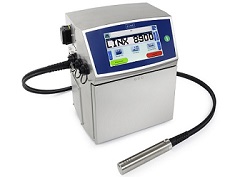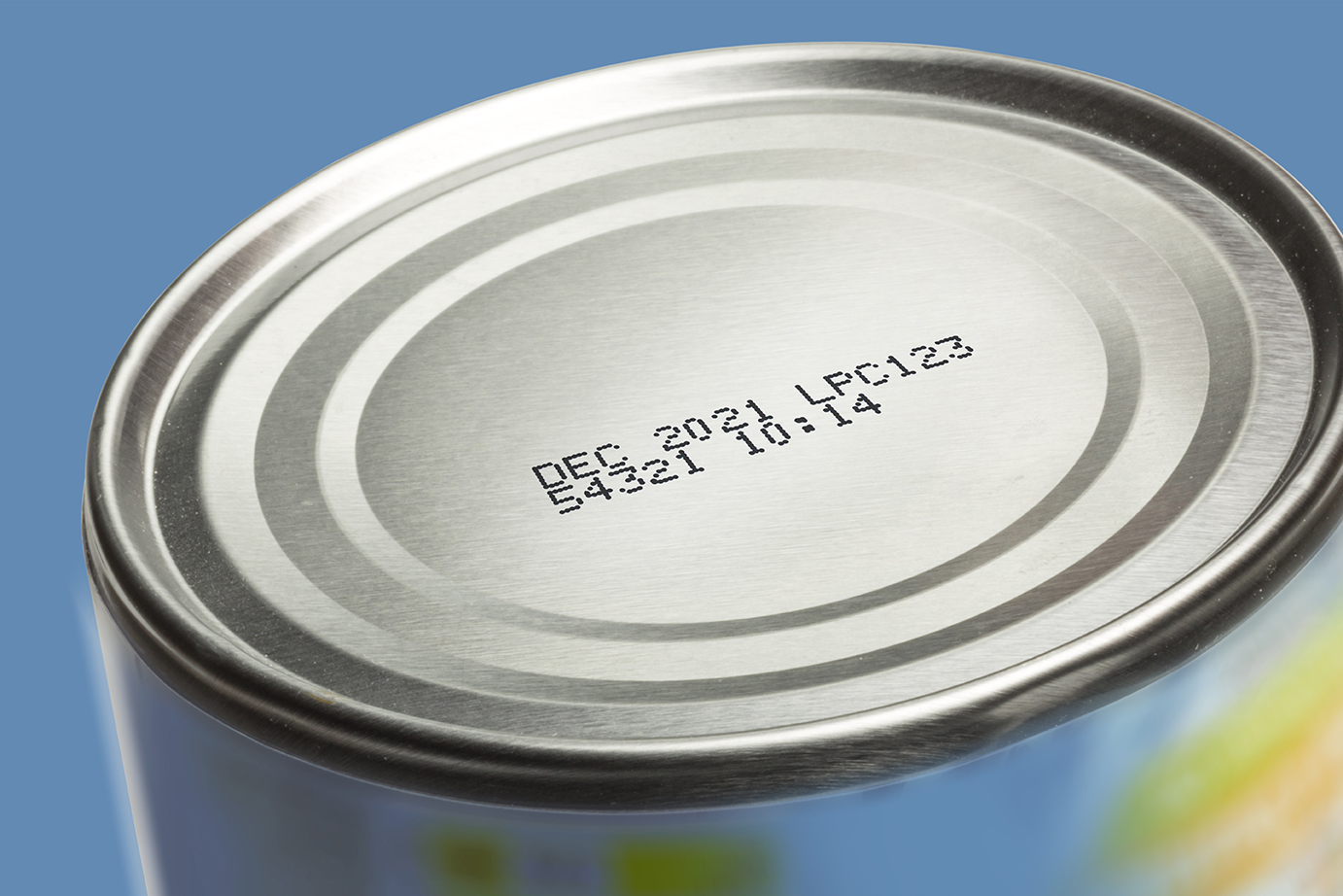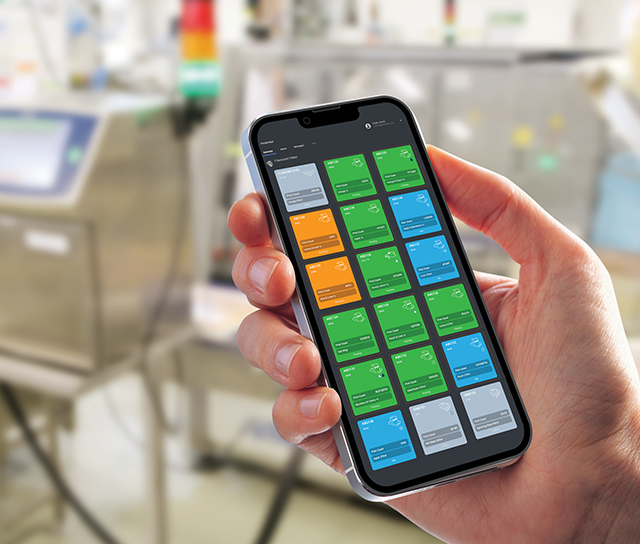Continuous Ink Jet
Continuous inkjet (CIJ) printers are used in industry to provide accurate and consistent product marking and coding. They provide a cost effective way of printing accurate and consistent variable data including expiry dates, barcodes and batch codes on production lines and for complying with increasingly strict industry legislation or providing traceability.
Continuous Ink Jet systems expel electrically charged ink droplets from a printhead nozzle and pass them through an electric field to precisely direct them onto products or packaging.
How does a CIJ work?
The continuous ink jet is broken into drops inside the chamber using a pulse from a piezoelectric crystal. Up to 120,000 of these tiny droplets are expelled every second, each just half the diameter of a human hair.
Droplets that are required for printing are charged by an electrode as they break off from the ink jet, and to avoid waste, the printer re-circulates the unused ink droplets.
The droplets, now charged, pass through an electrostatic field between deflector plates, a combination of speed and charge determines the correct position of the droplet on the substrate. This is all done without contact to the material being printed on.
Linx CIJ printers can code onto most materials, regardless of porosity, size, shape and texture. They are mainly used to print variable information on individual products – such as dates, times, specific text, batch codes, product names and logos.
Choosing your CIJ printer
Factors that could affect your choice of continuous ink jet printer include the number of lines of text you need to print, how portable your CIJ needs to be and whether you have specialist printing requirements such as smart inks or remote management. Contact our team for expert advice on the right continuous inkjet printer for your coding and marking needs.



